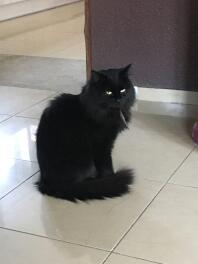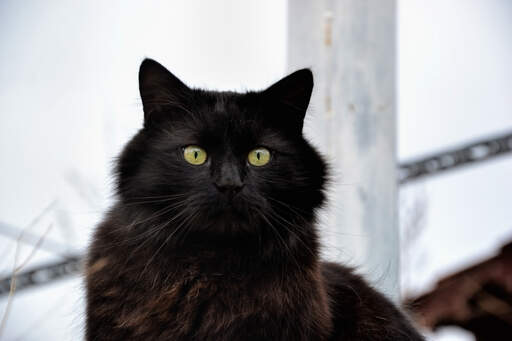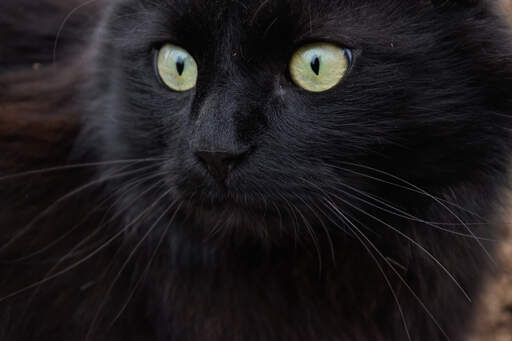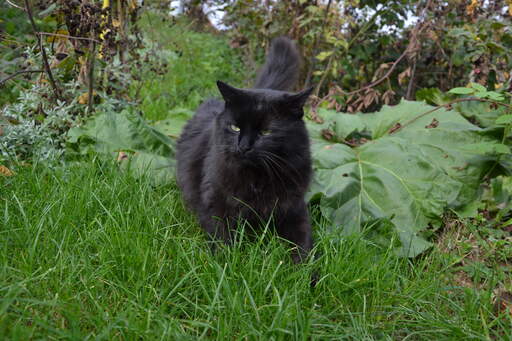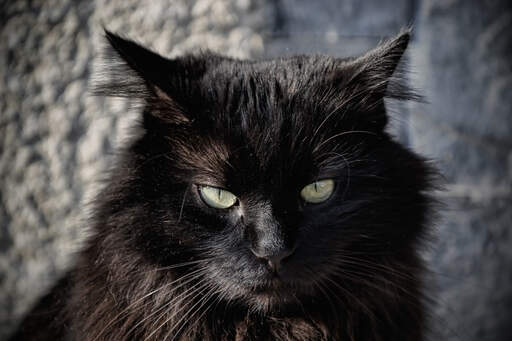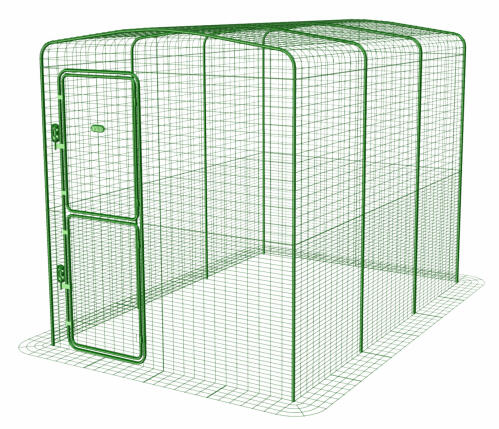Tiffanie-Katze




Geschichte
The Tiffanie was created in the UK in the 1980s. The breed is the result of a random gene mutation causing longhair in Burmillas. Burmillas were the result of accident mating between a Burmese female and a male Chinchilla. It was later discovered that this new Burmilla breed carried the long-hair gene. Burmillas that carried the longhaired gene were mated, and the result was kittens with semi-long hair.These kittens were then used to develop the new Tiffanie breed. In the early generations the kittens were crossed back with Chinchillas.
The Tiffanie first achieved preliminary recognition in 1991 by the Governing Council of the Cat Fancy. It wasn’t until 2003 that the breed had full championship status. This breed is also known as the longhaired Burmilla, and some breeding programmes prefer to keep the breed more similar to the Burmilla which keeps the breed healthy as there is a larger gene pool.
Verhalten
These are friendly cats that have the intelligent and outgoing nature similar to their cousins the Burmese. The Tiffanie is gentle and cuddly, but can be mischievous keeping the whole family entertained with its antics. In its younger years the Tiffanie will have lots of energy and be very playful but it will develop into a intelligent and very affectionate cat as it ages. This cat will love your company, but is patient and can amuse itself for long periods of time. Many owners claim that the tiffanie is receptive to their mood. A Tiffanie can always cheer you up if you’re feeling blue!
Varietäten
All self and shaded colours, plus tabby and tortoiseshell patterns.
Einzelheiten zur Rasse
- Status: Fairly common
- Herkunft: UK
- Ungefährer Entstehungszeitraum: 1980s
- Haarlänge: Langhaarig
- Aktivitätsgrad: Hoch
- Vokalität: Mittel
- Child friendly: Kinderfreundlich
- Intelligenz:
- Verspieltheit: Verspielt
- Pflegeanforderungen: Mehr als einmal pro Woche
- Gewicht: 3.5 - 6.5kg
- Größe: Klein
- Hauskatze oder Freiläufer: Outdoor Cat
- Verträglichkeit mit anderen Haustieren:
- Soziale Bedürfnisse:
Fotos der Rasse
